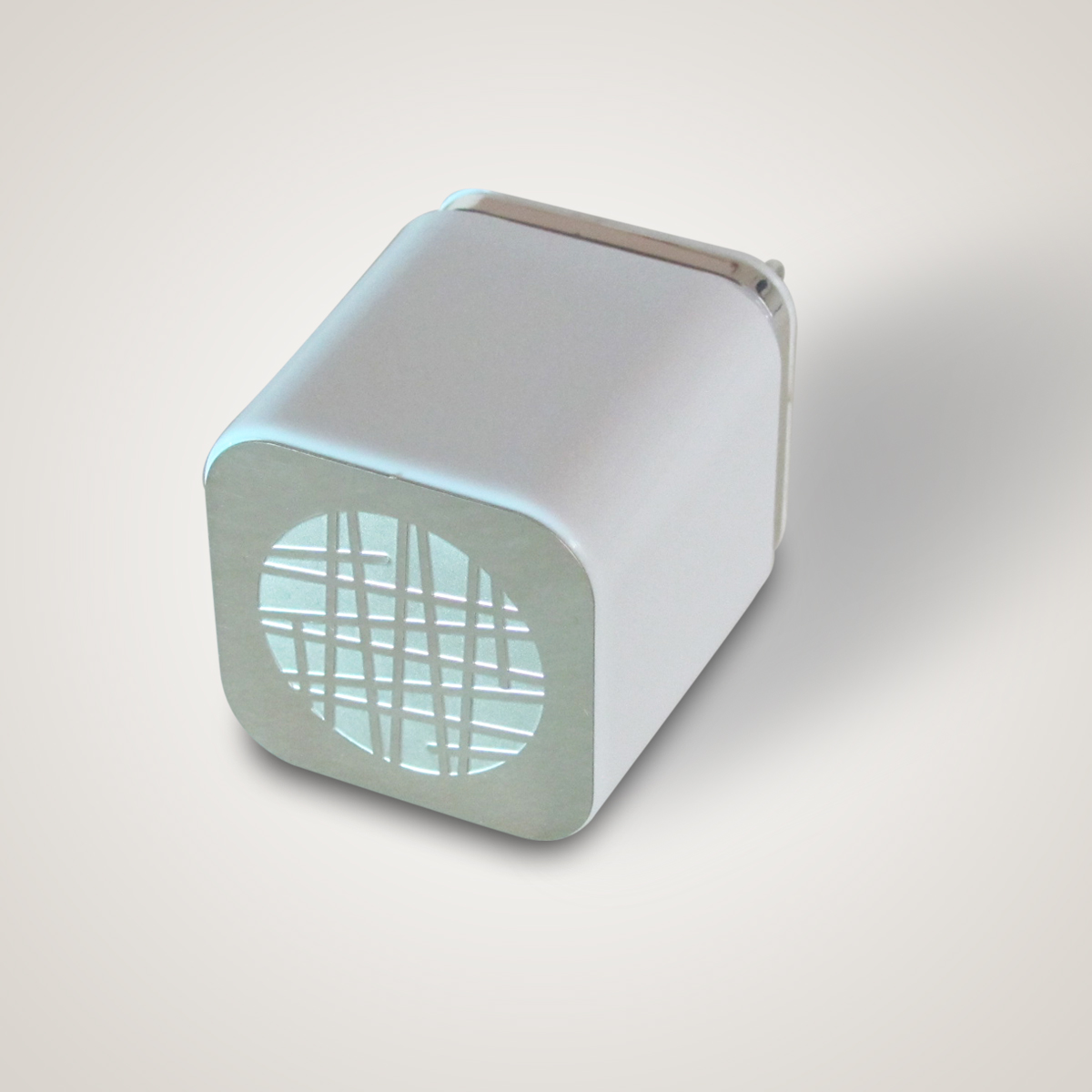This article discusses the subject of 5G radiation, which is a non-ionizing electromagnetic radiation. Because 5G radiation is small, it doesn't have the ability to break the bonds between chemical molecules in biological tissue or cause any alteration to cells. It is not known if 5G radiation affects the risk of skin cancer, and there is no evidence that exists to suggest that it could cause other disease.
High-frequency millimeter radiation
High-frequency millimeter-wave radiation from mobile phones and wireless networks may cause health effects to human beings. There are a few different ways in which this radiation could be harmful. In some cases, the radiation can cause damage to someone's DNA. In other instances, it may cause damage to other areas of the body, including the brain.
Recent studies have shown that 5G technology could cause thermal heating in tissues. This is why researchers from the International Council on Non-Ionizing Radiation Protection (ICNIRP) has asked to review the current safety standards for biological and thermal radiation. The current standards for exposure don't protect people from overheated heat exposure in the event of exposure to pulsed millimeter wave radiation.

Skin cancer risk
There isn't a definitive answer yet to the question of whether 5G radiation can cause skin cancer. However, 5g radiation is thought that 5G RF-EMFs behave similarly to high-LET ionizing radiations. In turn, they can cause excessive levels of free radicals that can be found in the skin. The FCC has not issued any specific guidelines about the dangers of 5G technology. Consequently, the debate is ongoing.
While there are plenty of studies regarding the impact of radio waves that are higher frequency on human health, they remain largely in scope. However, there is concern over the effects of millimeter-wavelength exposure on oxidative stress and gene expression. The effects could extend to the skin as well as other organs, such as the brain.
The impact of other illnesses
An innovative new technology in wireless, 5G, is rapidly growing in popularity However, researchers are warning about the potential health risks it could pose. The technology will significantly increase the quantity of electromagnetic radiation that is found that we encounter in our surroundings. This is a concern that has caused debate in several nations which includes Switzerland. In September 2017 390 doctors and scientists have backed a motion to put the suspension of 5G technology. The motion was not taken seriously by the European Commission, which is responsible for monitoring the use of 5G technology.
As a result there is a need for more research to determine the health impacts of 5G. In the meantime, studies have shown that 5G doesn't cause the same adverse effects on humans as radiofrequency from the older mobile networks. Also, it doesn't spread a new type of coronavirus. Additionally, it does not make people more vulnerable to viral infections.
Measurement of exposure
The measurement of exposure to radiation from 5G is an essential component of the security of 5G networks. There are two methods to determine exposure. 5g radiation is to measure the RF power absorbed by human tissues. Another involves measuring the quantity of radiofrequency energy released from an object. Radiofrequency energy (RF) is an energy field that comes through radio transmitters.
5g towers radiation United States, the FCC has set a limit on the power density of 5G mobile devices. These tests can only measure power density at the distance of a few inches, and the FCC does not have to measure every beam. However how much power is generated by each beam can be determined using computer simulation. The most likely scenario is selected based on the design of each beam.

Limitations of the study
There's been plenty of discussion about whether 5G radiation will affect the health of humans. For instance, the Swiss authorities, for instance has released an analysis that concludes the technology has no health effects in the short term but there aren't any studies that have demonstrated long-term impacts. But, the report has several issues that include biased reports.
The power and frequency of the radio waves that carry energy depend on the frequency. The energy carried by a millimetre wave will be similar to the current radio waves however, they're less visible and will be more suitable for environments with high density because they cannot be easily block by walls or glass. High-density urban areas would require a high number of tiny, low-power sites while suburban areas would benefit from 5G stations that operate at lower frequencies.
